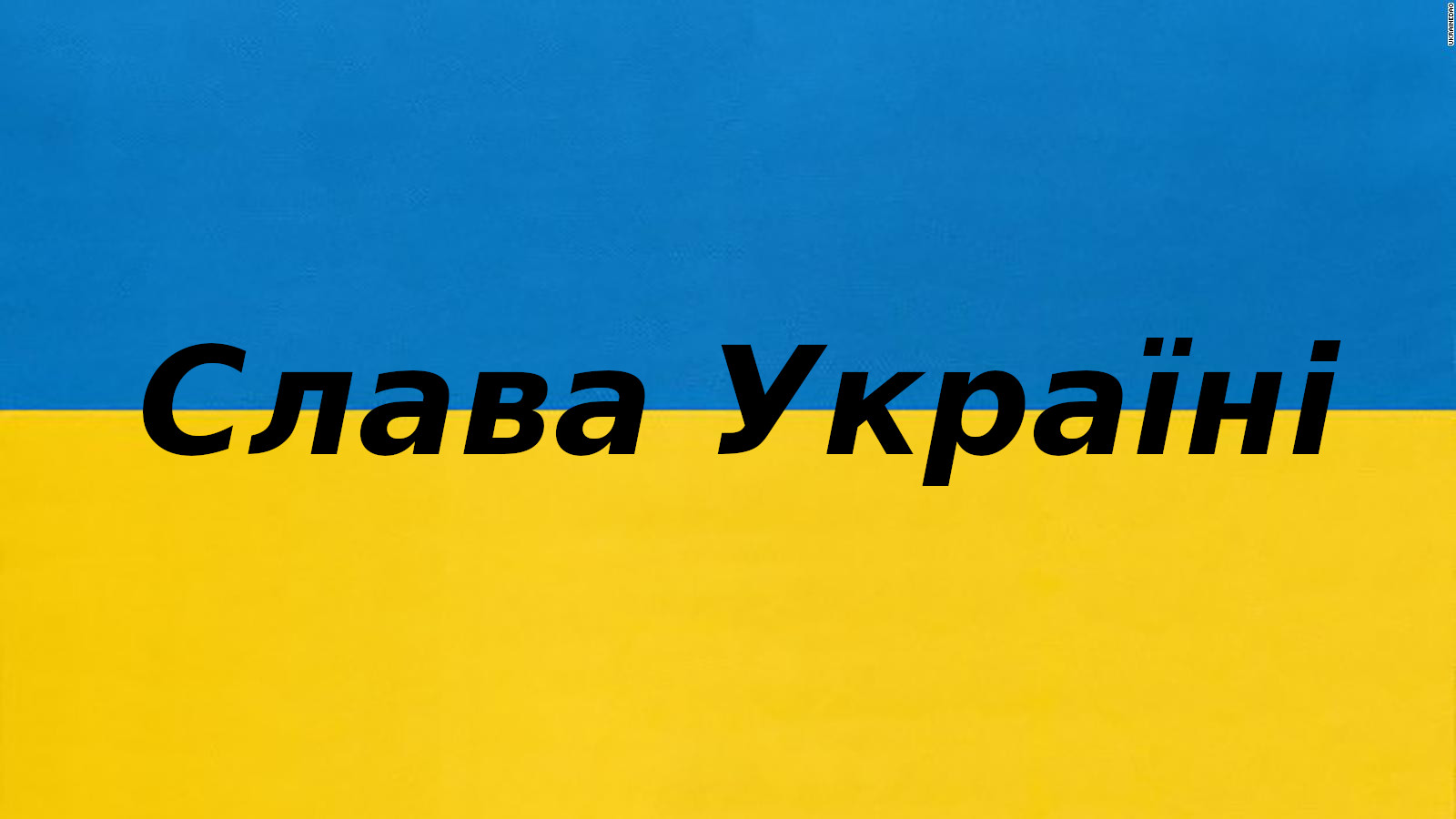Here is the first half of some thoughts about AI art that I jotted down recently—
I can see really only two broad applications of AI in the arts: fine arts/gallery art and commercial art. AI poses no threat to the former. Gallery art by its nature consists of one-off originals. There is a big difference between owning a unique, original work of art and a print of a computer-generated image. And one has to also recall a parallel situation the began in the early 19th century with the invention of photography. Doomsayers predicted the end of painting. For the representational portrait artist, this became true to some degree…but for other artists the advent of photography was a boon. Artists discovered they could create a portfolio of references, photos of models who would otherwise have to have posed for long hours. American artist Thomas Eakins was one of the early studio painters to employ photo references for his art. Other artists, such as French painter/illustrator, Emile Bayard, created Photoshop-like photo collages. And yet others felt set free from realism and laid the groundwork for Impressionism and the many non-representational schools that followed.
Where AI will probably have its greatest impact is on commercial art. But so far, as we’ll see, its developers are doing everything they can to hobble its usefulness. There are a number of real hurdles that need to be overcome.
One thing I have noticed is the ex post facto nature of many if not most AI-generated images. That is, someone will come up with an interesting image and say something like ‟Wow! This would make a great album cover!” But that’s exactly the opposite of how real-world commercial artworks: the idea and the application come first then the art is created to fit that.
The very nature of commercial art requires working to deadlines, creating finished, publishable art within the constraints of a specific time frame. This means being able to get the image desired in the least number of steps possible. If it’s Monday and a client requires a finished piece by Friday there isn’t much leeway for endless experimenting, fiddling and noodling.
There are other constraints imposed by commercial use. An illustration for an ad, for instance, will need to have specific space allotted for copy as well as perhaps an image of the product. The artist will need to be able to tell the AI exactly where to leave this space and what size it needs to be. Creating art for a book cover imposes a similar problem: there needs to be space left for the title of the book and other text. Both applications leave little room for the AI to be inventive. It’s easy to imagine the restrictions under which the art for an advertisement is created. A book cover or book illustration has similar restrictions: characters, settings, costumes, props, etc. will likely all have to at least resemble what’s described in the text. And everything has to fall in exactly the right place within the given area.
Working with a client or art director also presents its own set of problems. What to do when told that everything in an illustration is perfect but please could you have one of the characters looking more to the right than the left, but change nothing else?
I think that one of the biggest hurdles in using AI is that it really has no idea what it is depicting. It’s the reason why typography will appear as random, vaguely letter-shaped patterns. AI doesn’t recognize letters and words as such: they are only abstract shapes. Likewise human and animal figures. It doesn’t know what a hand or arm is. These things have no significance to the AI. This is why you get humans with 6-fingered hands, three legs and anatomy that looks Martian. The AI knows it has been asked to create a figure and it knows where to go for the bits and pieces…but the bits and pieces have no significance to it. They are only labels: ‟arm,” ‟eye,” ‟leg” or ‟hand.”
This may contribute to the reason most AI-generated faces—especially those of women—tend to look very much alike.
I hear often about how useful AI images will be in creating concept art…and this may well be true in a very general sense. But I have worked as a concept artist in motion pictures and it’s a little more complicated than most people might think. For one thing, you simply can’t do anything you want. You have to generate an image that not only fits the given screenplay but also what the director expects aesthetically. You will probably at some point have to take into account the production designer’s input and that of the costume designer. And it all has to be consistent visually.










